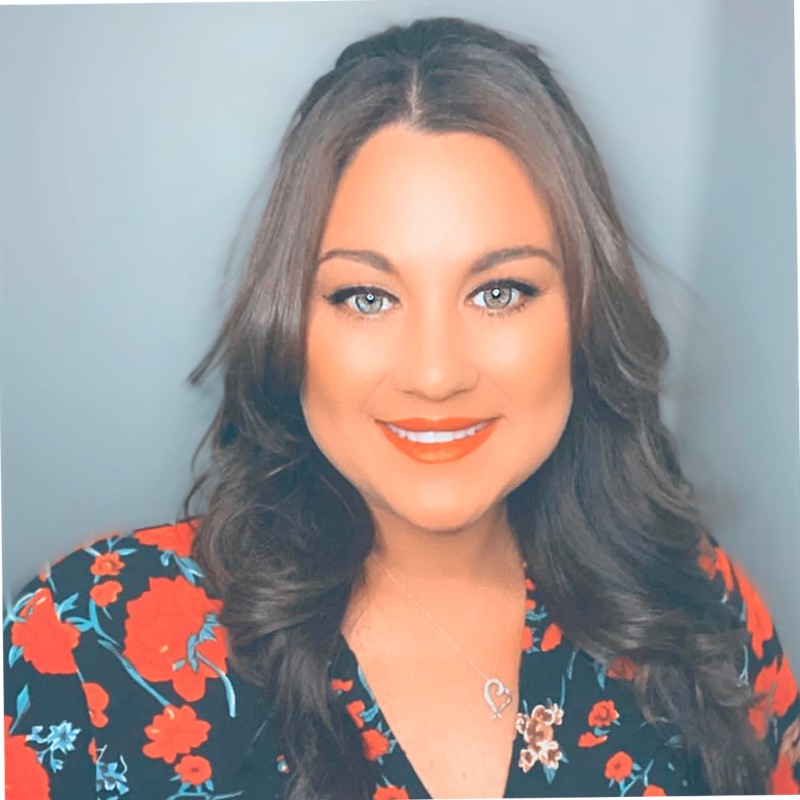Boxes are utilized for various tasks hence, this tutorial is about how to drawing a Box. It is the easiest thing we encounter in our day-to-day but the most practical one. They have varying shapes, sizes, and materials depending on their application.
The use of wooden boxes is for storage of commercial or fragile items, plastic boxes for general use primarily in the domestic environment for storing, paper boxes for gift packages, and compact portable items.
Box drawing is simple as it is of a geometrical shape, using a pencil and ruler you can draw it. Below we had drawn a wooden box with a paper box. Just read the article step by step you will find it simple. If you enjoyed our box drawing lesson also visit our other simple drawings too.
Lets start to sketch our mobile and most frequently used object a Box.!
How to Draw a Box
Step 1: We begin by withdrawing outlines for the base, for that draw a cube using a clear and dark line. Use a ruler for more symmetry but in the coming attempts try to do it with freehand.
Step 2: Cube has 3 sides on the paper draw squares inside each side, remember that you must maintain lines even. Distance from edges must be equal too, look at the below image.
Step 3: In this step draw the box more thickly refer to the below image. Box drawing can be useful to learn the symmetry and size. It is also part of the game-related drawing as they have boxes and barrels.
Step 4: On both sides of the box draw straight lines with equal distance between them. They should be even and proportional because we are drawing wooden box. For this too you can use a ruler but my suggestion is the same, draw freely with your hand.
Step 5: Until this step box drawing is complete but put wooden texture over it. Make curved and uneven lines also add shadow with the process of hatching.
Draw an open box:
Step 1:Draw a simple geometric shape cuboid for the outline. Practice this step using a ruler and try more for skill in without ruler drawing.
Step 2: According to the below illustrations draw other geometric shapes above the box outline, for the top portion of the box. It will represent the open box structure
Step 3: Here utilize your observing skill and remove all the overlapped lines of the top portion of the box. If it turns out to be correct then your box is done, see the reference below.
Step 4: Here utilize the hatching method to draw shadows on the side of the box and the inner section to provide depth.
Draw a close box:
Step 1: First draw the side of the box with a rhombus, attempt to draw without using a ruler.
Step 2: Draw the second side surface of the box, as indicated in the box.
Step 3: Draw the top with 2 simple straight lines, it will resemble the cuboid
Step 4: Draw a long line on top of the box, and cut it into two parts.
Step 5: This is a cardboard box, therefore color it with brown color.
Tips to enhance your skill:
- If you are beginner draw each line with assistance of a ruler but at the same time keep practicing it with freehand.
- Always feel free to use an eraser, it will make you better in art.
- Begin with drawing simple and light lines for the guidelines as they are going to be erased.

Skilled teacher, knowledgeable in and in adapting state content standards to individual needs in
Elementary-6th grade classrooms. Utilizes instructional materials, technology, and teaching methods to
engage students in effective learning opportunities in individual, small group, and whole-group settings to
maximize instructional time. Differentiates instruction for ELLs while exposing them to rigorous content,
with a focus on literacy skills in all subject areas. Establishes and maintains appropriate standards of
behavior in an inclusive and respectful environment for students from all socio-economic and cultural
backgrounds. Develops lesson plans using Backwards Planning Method to align content standards and
assessments with effective learning activities. Communicates and collaborates effectively with staff and
parents, and creates a safe and positive learning environment for students. Has taught in both in-person
and virtual environments. Professional Communicator with 20+ years of experience.




















